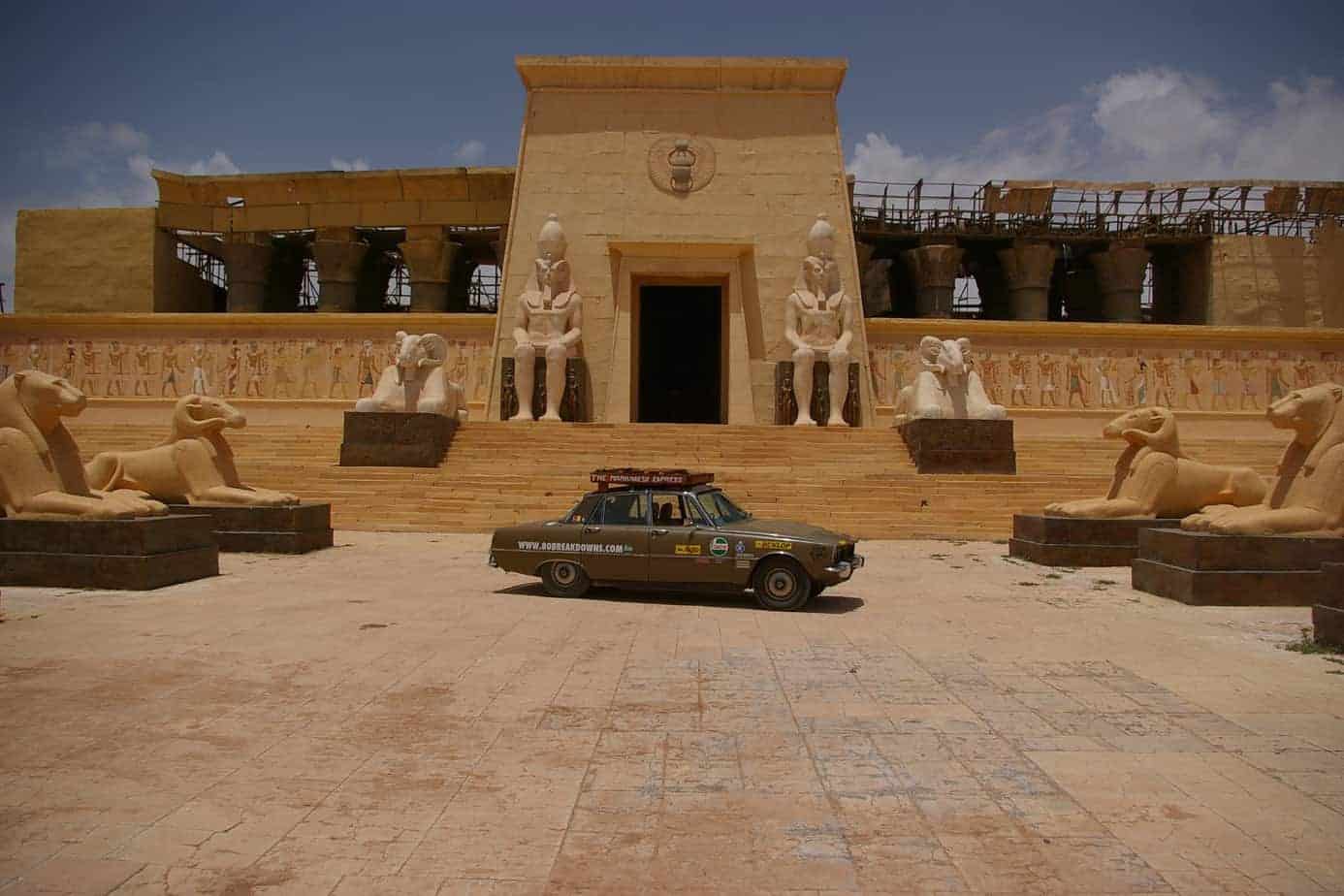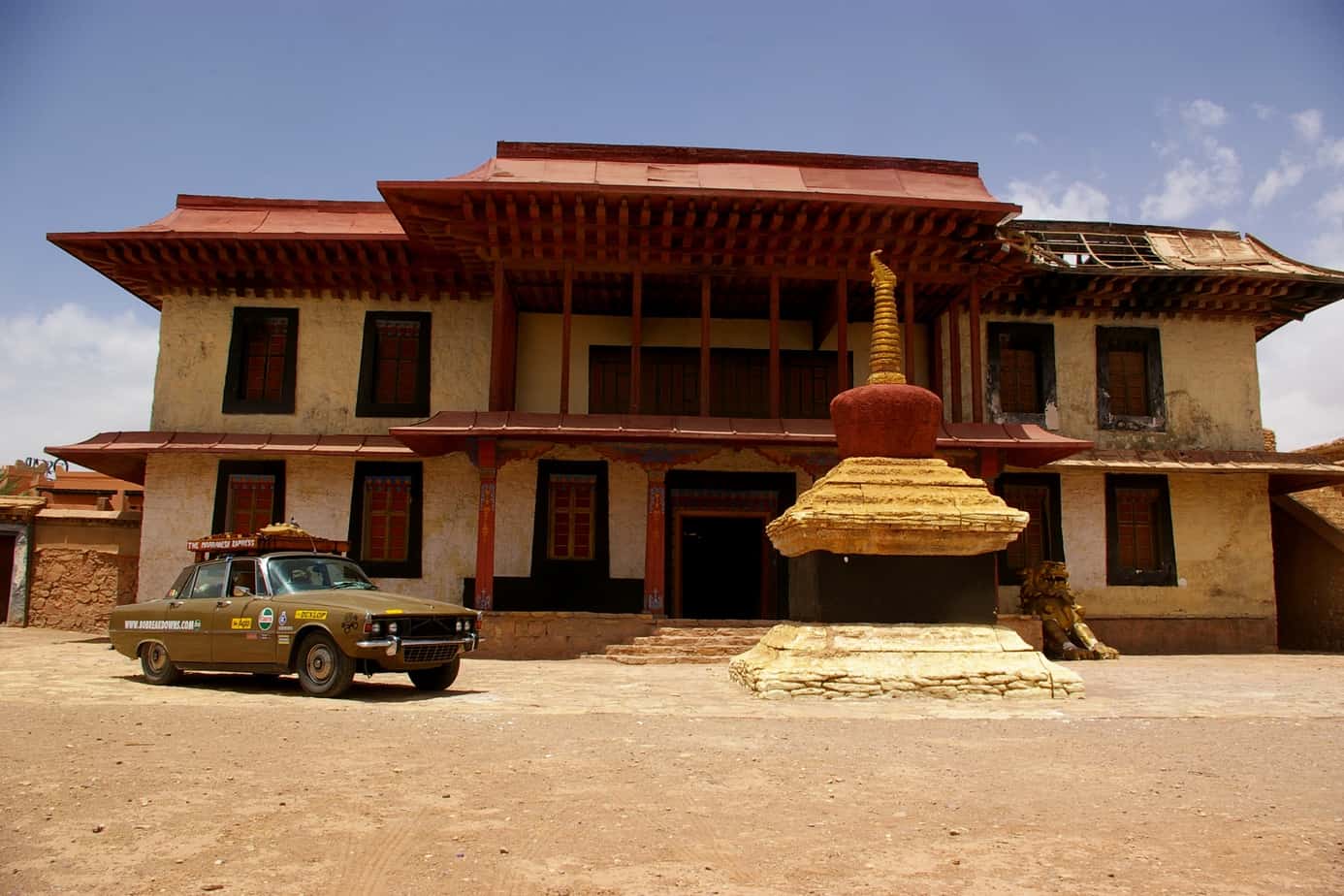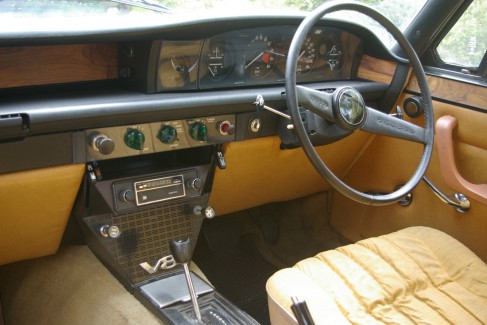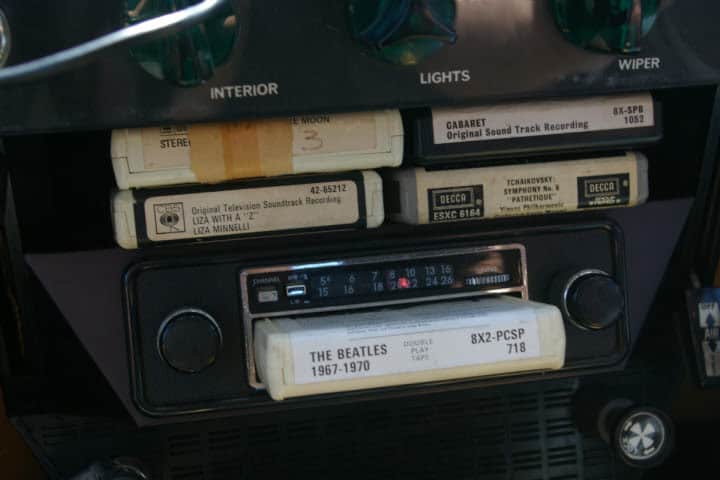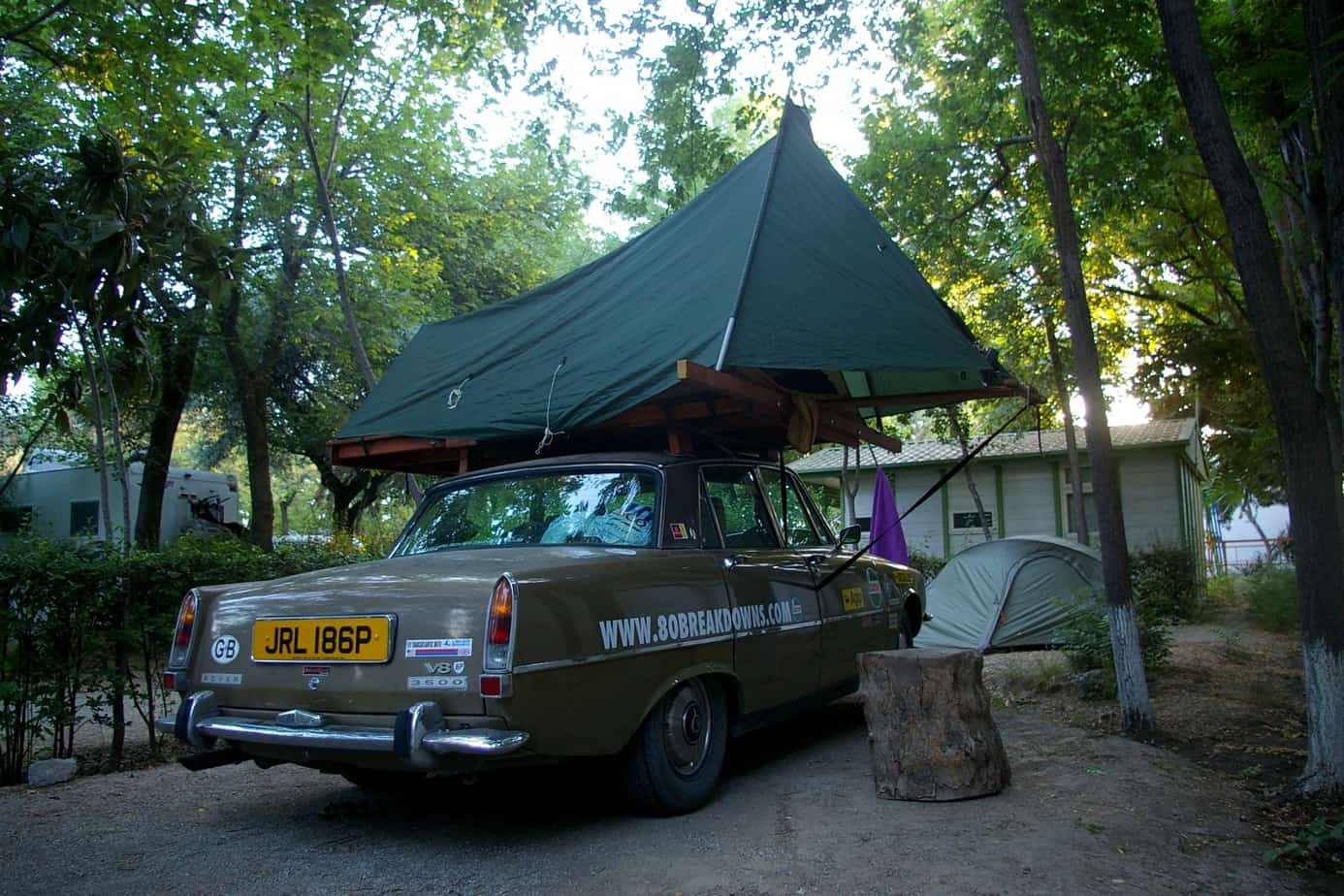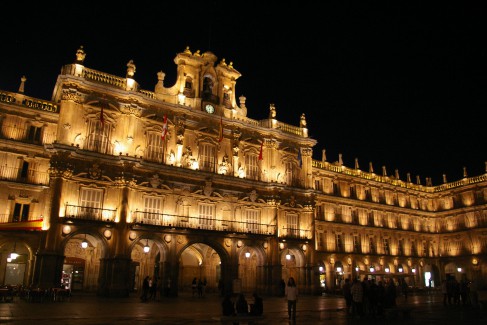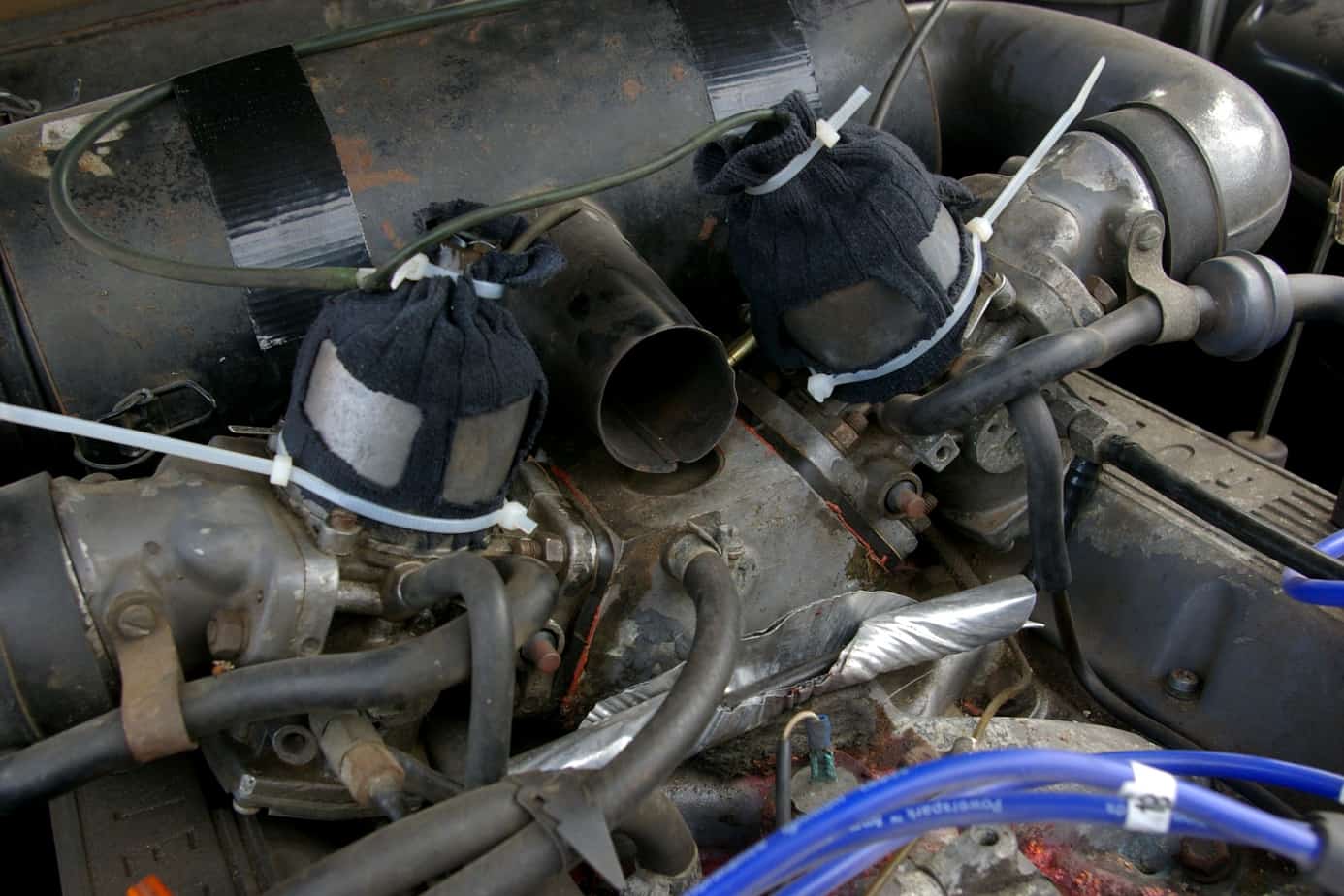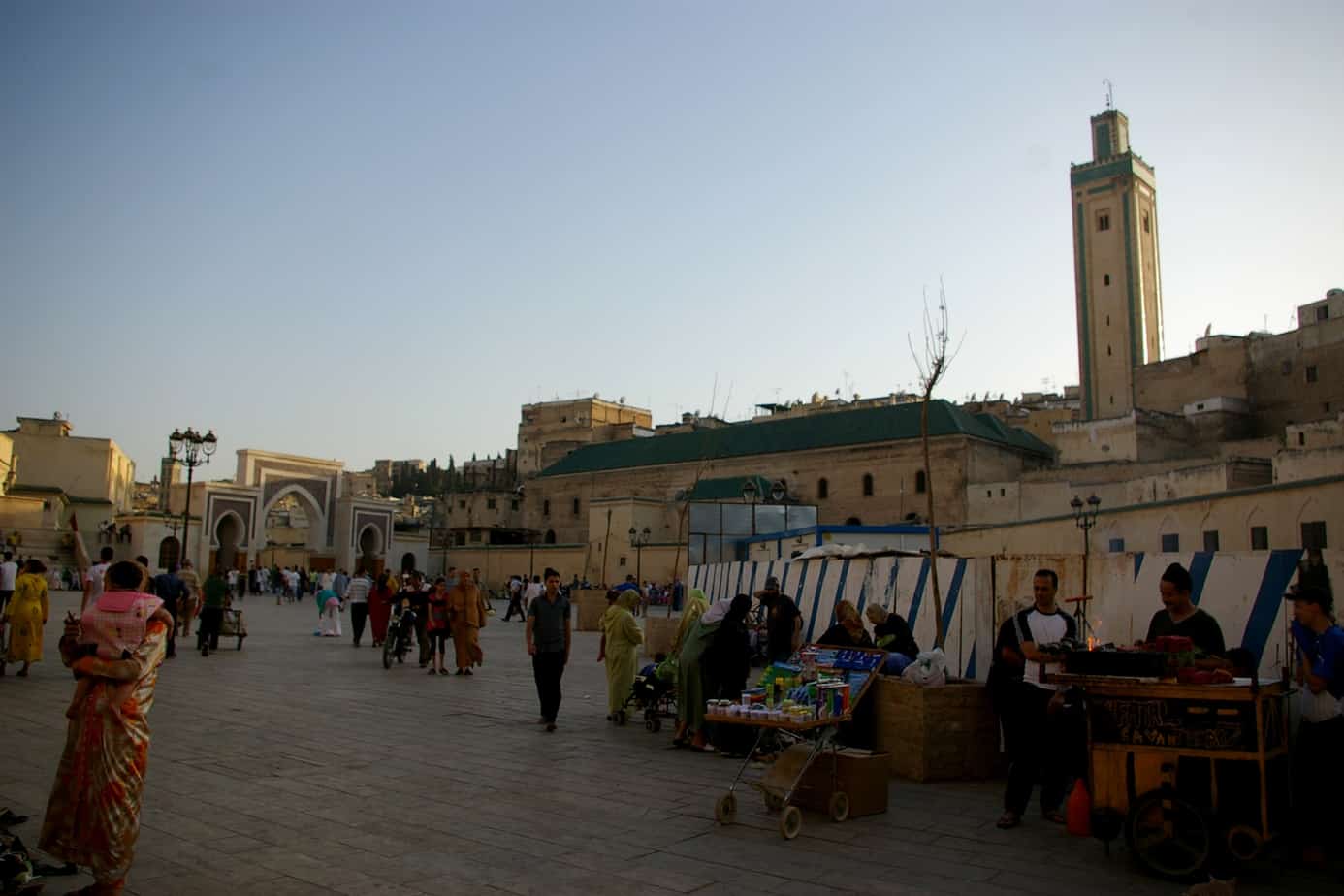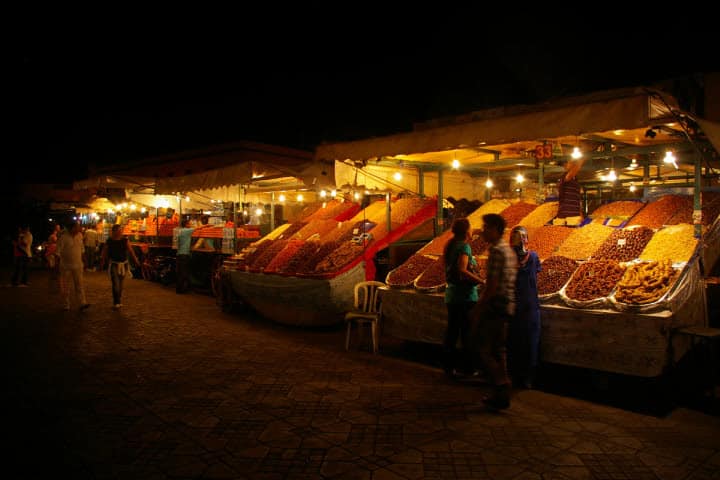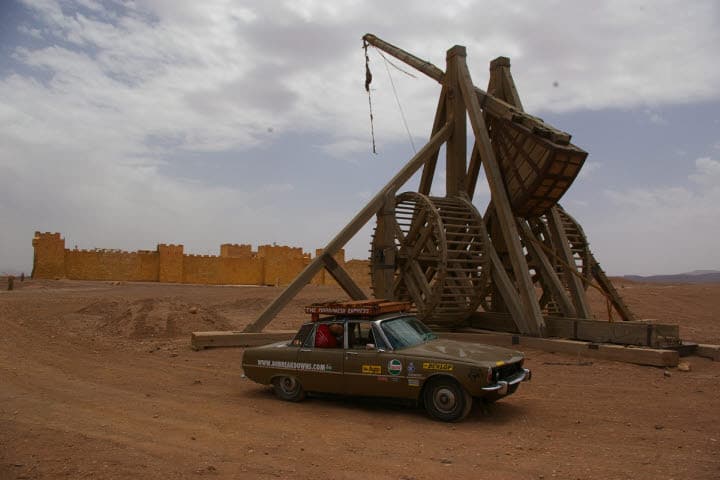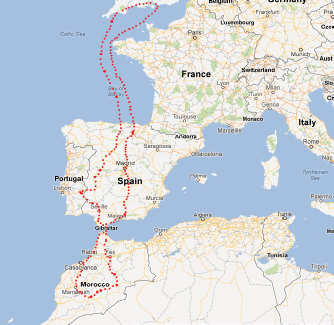Ignoring hard lessons learned from his previous adventures on the African continent, Ben Coombs planned his next trip to Morocco perched upon a stool inside his favorite house of creativity, a British pub. Squinting through the proverbial beer goggles, he perused a thread of adventure-mobiles provided by the Ebay app on his smart-phone. His mission, to complete a “two week trip to Morocco, to cross the High Atlas Mountains and explore the northern fringes of the Sahara”. It was there, in that pub, that he would find the central component of his next adventure, a 1975 Rover P6 -the worst car ever built. This is par for the course.
Ben seems to choose the cars for his adventures with all of the randomness of pi. It’s not apparent whether he is a glutton for punishment or a genius. Either way, his mishaps are at least entertaining if not admirable. This isn’t the first of his exploits we’ve covered. If the name Ben Coombs rings any bells, you may be recalling his 15,000 mile trip across Africa in a Porsche 944.This immensely difficult undertaking further fueled his desire to invite seemingly impossible challenges into his travels, which ultimately led to a book. Onward to Morocco.
The Rover P6 was once touted as Britain’s worst car, and this one didn’t disappoint. It’s first journey would take it just over 230 miles back to Ben’s garage where it would go under the knife in preparation for Morocco. Along the way, it stalled, failed to start, and leaked a myriad of fluids. The stock radio and a bonus 8 track found in the glove box, filled the air with the silky smooth sounds of Elvis Presley. For some strange reason, this was Ben’s only 8 track, which left him listening to the same tracks over and over -Black Velvet on an infinite loop. It could have been worse, the previous owner could have had an affinity for show tunes. There’s always a silver lining.
Despite running on only 5 of its 8 cylinders, the little Rover finally made it home to a garage shared by a rather cool, British racing green, TVR. Not a bad stable mate, not bad at all. Ben set out to address the bits and pieces that leaked, creaked, or altogether failed to work and brought the old brown …girl back to a semi-acceptable running condition. Having sorted the worn mechanical bits, sleeping arrangements were explored and Ben decided to go with another roof top tent, similar to his Porsche. Being a nostalgic bloke, he searched for a period specific tent that would fit the old Rover’s aging lines. Salvation came in the form of an attic find that was gladly traded for a hefty sum of beer. In all honesty, the beer probably held far more value, but this tent really fit the bill. With all of the major bits in order, Morocco was a go.
Heat exhaustion, a cracked radiator …again, and windscreen sprayers.
Getting to the ferry to cross over into Spain went without a hitch. While aboard, Ben, his three passengers, and his brown Rover found themselves surrounded by several hundred Harley Davidsons and their respective owners. Had this been America in the 1960’s he may have had cause for concern, but these guys were quick to share inflated old stories of adventures past, and were loose with the libations of whiskey. The only thing better than whiskey is free whiskey, right? The next day the group saw over 250 miles of surprisingly uneventful driving. The next leg of the trip would see Ben crossing through Portugal on a roundabout path to port, for entry into Morocco.
A short ferry ride later and the little Rover was once again on dry land. Somehow, as fate would have it, he was able to enter Morocco without the Carnet du Passage, a welcomed surprise -perhaps the trick to crossing into Africa is to do so not in a Porsche, but in an old, unassuming brown Rover? The roads took a strong downturn once outside of civilization and parts began to fall off. Luckily, the primary culprits were coaxed back together with minimal wrenching and he pressed on to Fez. Once outside of town, Ben set out to stretch the Rover’s legs a bit and laughed as the worn out suspension allowed the car to lean and pitch like a carnival ride. The ride was bad enough to draw the attention of local law enforcement who didn’t find much humor in such antics, resulting in a fine. After settling up his penalty, he carried on, this time with a little less showmanship. Several potholes and many corrugated road later, he was nearing the most trying portion of the trip, the High Atlas.
Sitting at a respectable 13,000 plus feet, the High Atlas would test the Rover in ways it was never intended to endure. Afterall, the Rover P6 was produced in England where the highest peak, Scafell Pike, stands a mere 3,209 ft above sea level. Negotiating several miles of crumbling roads, the exhaust that had rattled loose earlier in the trip all but fell off, dangling precariously beneath the car. As the road meandered on, other more pressing problems began to resurface. The coolant temp was a constant thorn in his side and the increasing elevation exasperated the situation. Ben had attempted to patch the radiator while the car was still in his garage back home, tucked in safe and sound next to that really cool, TVR. While the engine cooled down, the grill, number plate, and rubber seals were all removed in an attempt to coax more air through the radiator. Fortunately, he was able to re-patch the crack and the cooling temps responded well, dropping back down to safe levels -for the moment.
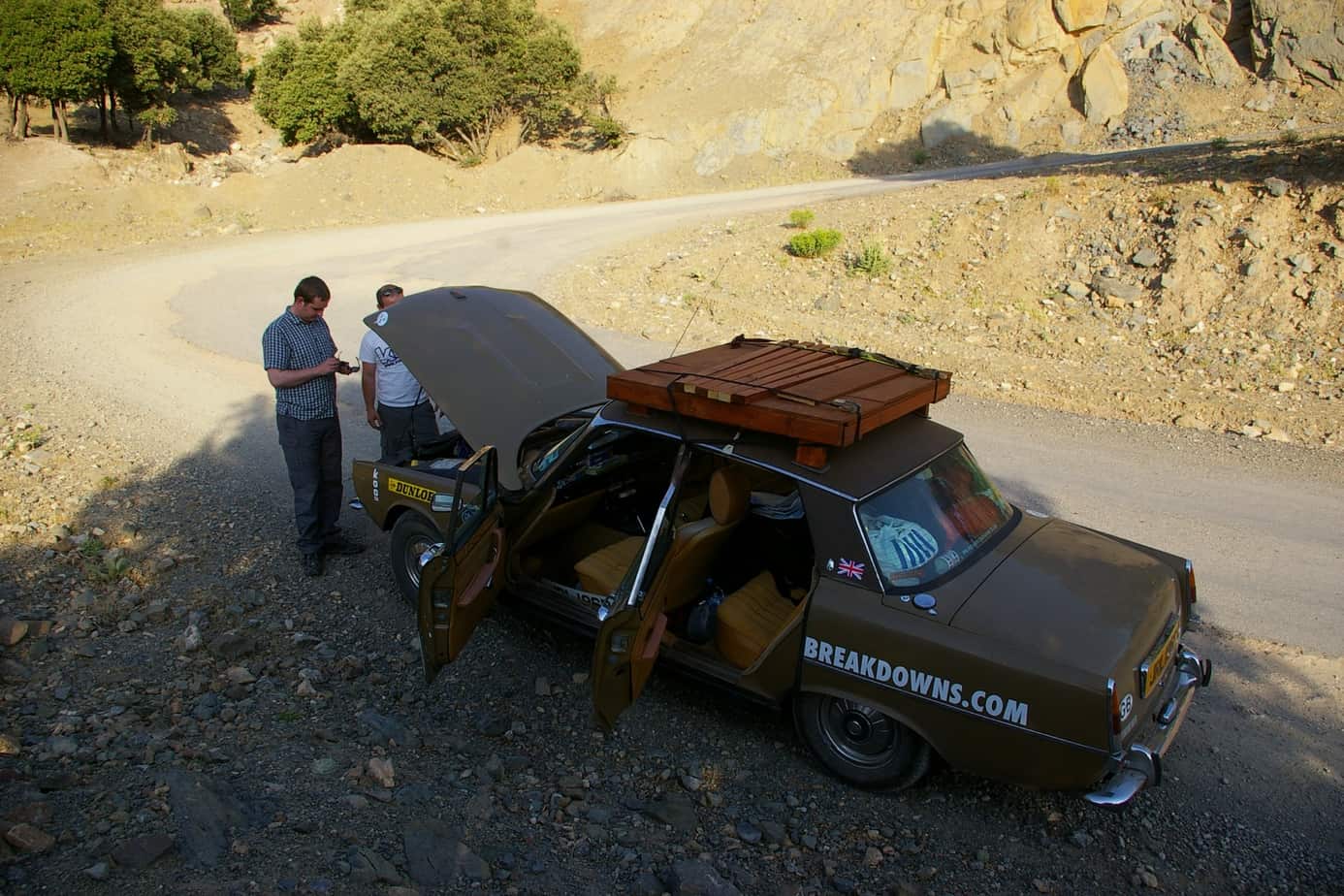
The nose of the Rover continued to point toward the sky as the group continued their ascent. As the elevation increased so did the Rover’s objection to climbing. It seems that the cooling system wasn’t the only component exacerbated by the high elevation and heat. The aging fuel system began to show its age as the carburetors vapor locked causing decreased performance and repetitive stalling. Ben is a clever chap and, as such, worked out a system to help cool down the carburetors. He routed the windshield washers to point towards the carbs and sprayed them down every kilometer. The MacGyver fix seemed to work as he had no more issues with vapor lock, but other temperature related ailments soon sprung up to take the place of the cooling system. The brakes also became soft and unresponsive on more than one occasion creating several unplanned pit stops. After the brake pedal pressure returned, albeit still very squishy, the little brown bomber was able to press on once again. These impromptu breaks were undoubtedly unwelcomed, but far more acceptable than a something more severe like a busted transmission or blown motor. Limping the entire way, the Rover continued to inch forward across the High Atlas and back to the lower altitudes of the Sahara, often running on nothing more than prayers and English pride.
Along the way the group visited Ouarzazate, where memorable movies such as Gladiator, Seven Years in Tibet, Lawrence of Arabia, and Black Hawk down were filmed. Ben was able to gain access to some of these sets to which he reports the backdrops changed “from Egypt to Tibet to Jerusalem in the space of about 20 minutes”. After one of his passengers began to display signs of heat exhaustion, the decision was made to stay the night at Marrakesh. According to Ben, Marrakesh is a city “like no other in Morocco”. The city is filled with open air markets where salesman hustle to sell their wares shouting at every passerby. The smell of food and various aromas fill the air as scooters speed through tight alleyways and pedestrians. After escaping the hustle and bustle of Marrakesh, they pointed the Rover north towards the city of Casablanca.



Casablanca turned out to be nothing more than a tourist trap so they pressed on to Rabat. This city is described as the real Morocco and was a welcomed stop before heading home. The return route crossed through fishing villages and beach communities providing an atmosphere akin to vacation spots across the globe. A few more miles and the Rover would be loaded back onto the ferry for the return trip to home. For what was touted as “Britain’s worst car” this little brown Rover P6 defied odds, and often logic to bring it’s new owner home in one piece. Not too shabby.
You can read the original trip report here, and here.
The Car
-1975 Rover P6
-Engine: 3500 V8; 143 hp
-Front engine, rear wheel drive
-Cost: £ 800
-Weight: 1300 kg
Route Map


